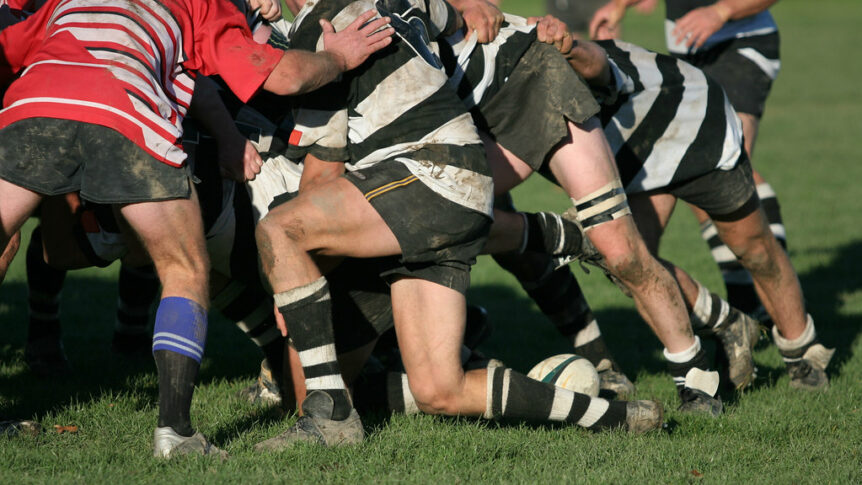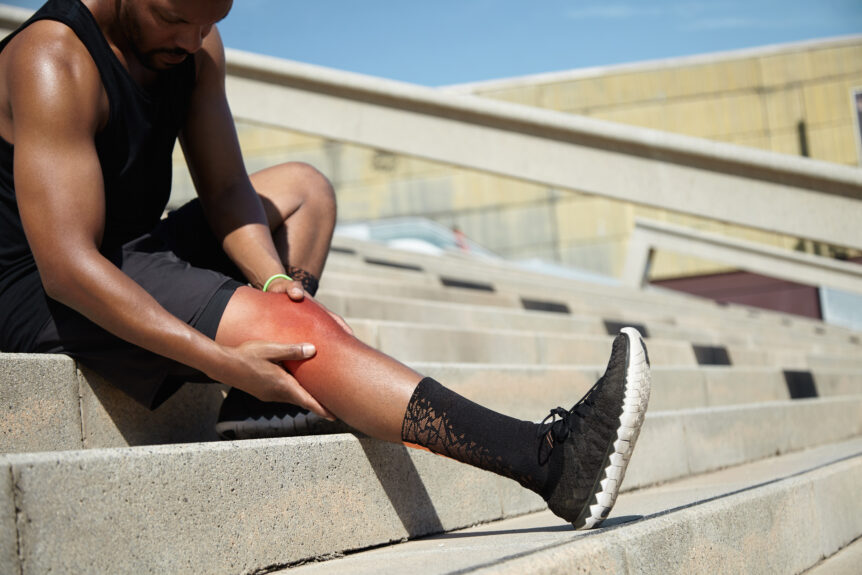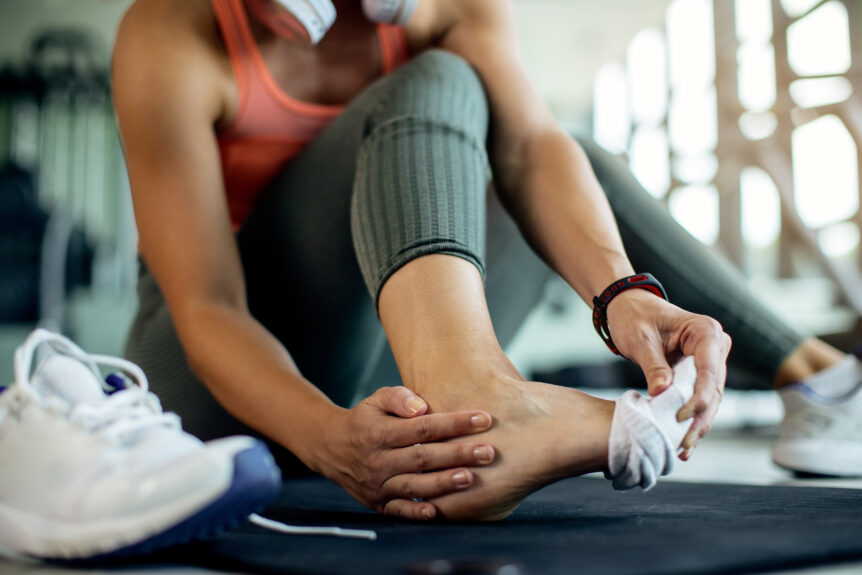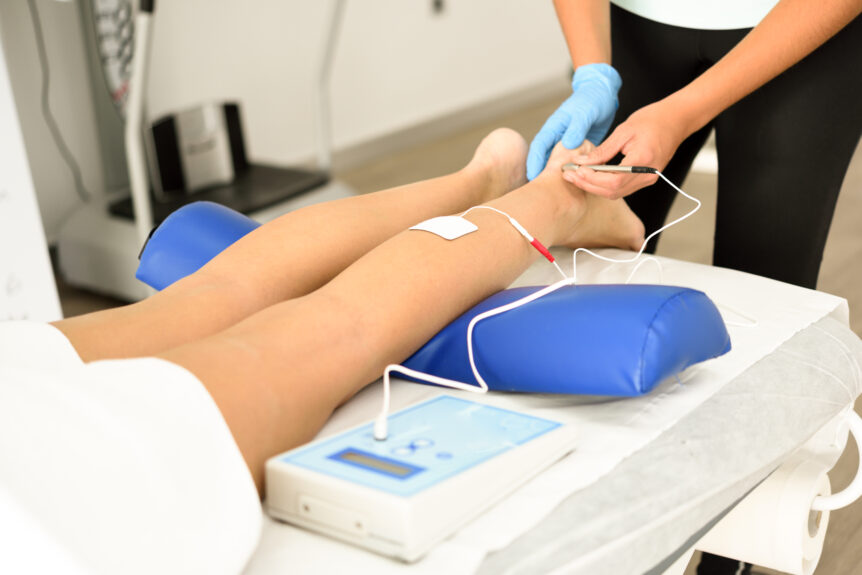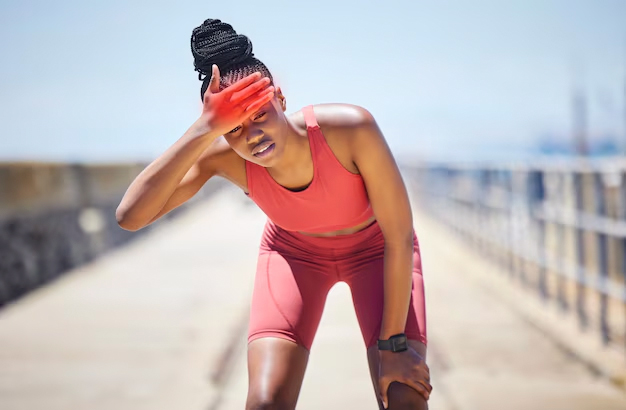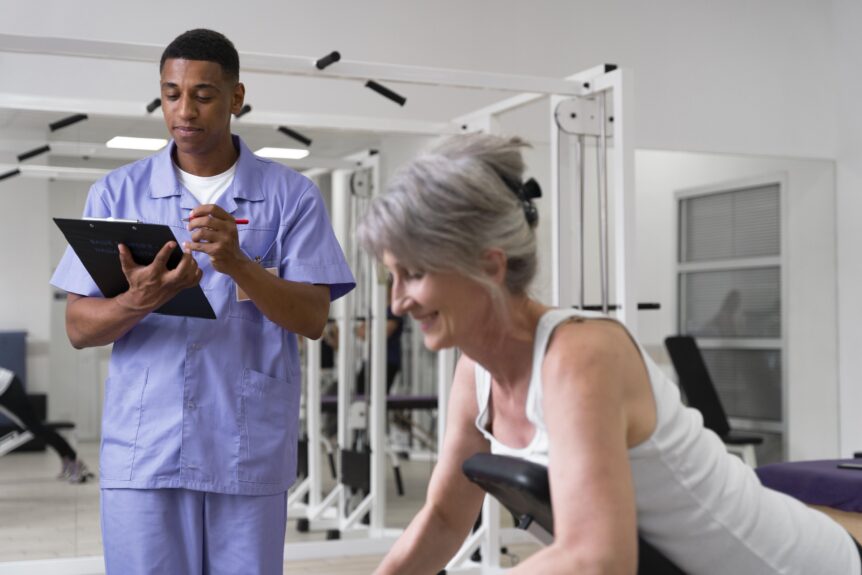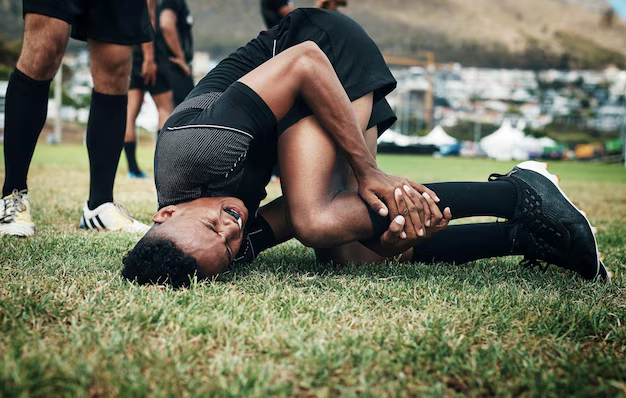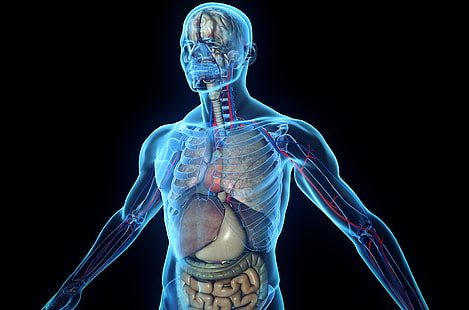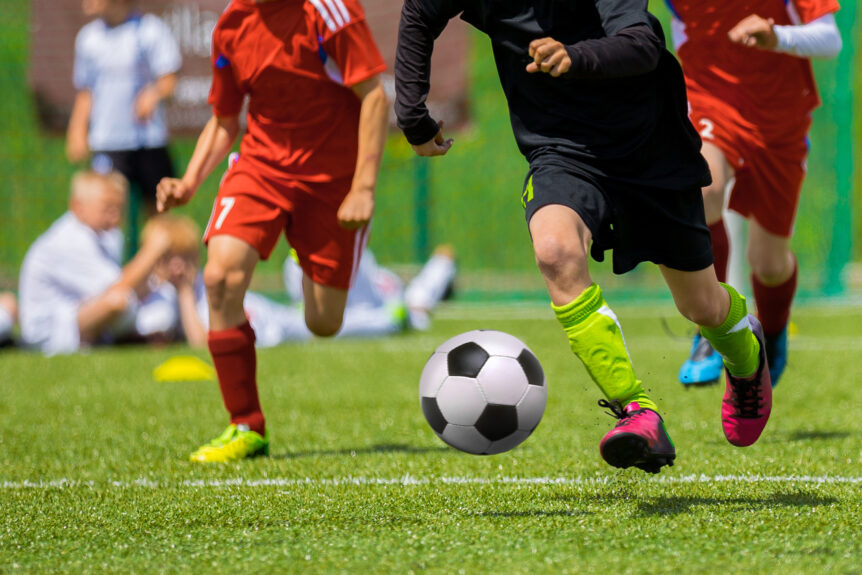Roux, J. L., Rensburg, D. C. J. van, Kemp, S., Lambert, M., Readhead, C., Stokes, K., Viljoen, W., Kerkhoffs, G. & Gouttebarge, V. J. Sci. Med. Sport (2025). doi:10.1016/j.jsams.2025.03.015 Objectives This study i) described the prevalence of clinically diagnosed shoulder and knee OA among retired male professional rugby players, ii) determined the association of severe injury and related surgery with …
Effects of Protein Supplementation During Early Rehabilitation on Muscle Volume and Function After Acute Muscle Strain Injuries: A Randomized Controlled Trial
Mertz, K. H., Sorensen, H. H., Lorentz, C., Johansen, E., Fredskild, N. U., Wulff, M. W., Svensson, R. B., Kjaer, M. B., Linden, F. H., Kjaer, M. & Bayer, M. L. Scand. J. Med. Sci. Sports 35, e70043 (2025). Muscle strain injuries are common in sports, with a high recurrence rate and loss of muscle mass. Whether protein supplementation can …
Platelet-Rich Plasma Treatment for Pain, Thickness, and Elasticity in Achilles Tendinopathy: A Randomized Pilot Study
1.Crawford, S. K., Hayden, A. C., Thelen, D. G., Yakey, J. M., Heiderscheit, B. C., Wilson, J. J. & Lee, K. S. Transl. J. ACSM 10, e000301 (2025). Introduction: Achilles tendinopathy (AT) is a degenerative condition of the tendon. Platelet-rich plasma (PRP) has shown promise in treating tendinopathies. Shear wave elastography (SWE) can assess tendon elasticity in patients following treatment. …
Phenotype of Achilles Tendon Ultrasonographic Abnormalities and Their Relationship to Future Time-Loss Injury
Cushman, D. M., Nowak, A. S., Beaumont, W. R. C. L. & Stokes, D. Clin. J. Sport Med. (2025). doi:10.1097/jsm.0000000000001342 Objective: To identify specific tendon morphologies on ultrasonography of the Achilles tendon (AT) that later develop time-loss injury. Design: Blinded post hoc analysis of a 2-year prospective, observational study of 944 AT sonographic videos to identify morphologic characteristics of diagnosed …
Effectiveness of exercise for improving cognition, memory and executive function: a systematic umbrella review and meta-meta-analysis
Singh, B., Bennett, H., Miatke, A., Dumuid, D., Curtis, R., Ferguson, T., Brinsley, J., Szeto, K., Petersen, J. M., Gough, C., Eglitis, E., Simpson, C. E., Ekegren, C. L., Smith, A. E., Erickson, K. I. & Maher, C. Br. J. Sports Med. bjsports-2024-108589 (2025). Objective: To evaluate systematic reviews of randomised controlled trials (RCTs) on the effects of exercise on …
The use of pain killers (NSAIDs) in athletes: How large is the risk?
Fitzpatrick, D., Leckie, T., Heine, G. & Hodgson, L. J. Sci. Med. Sport 28, 198–205 (2025). Nonsteroidal anti inflammatory drug (NSAID) use is prevalent in sport however the risk associated with their use in athletes is not well understood. This review discusses the pharmacology of NSAIDs and the prevalence of their use in different sports and factors driving this. Use …
Effects of Resistance Training Volume on Physical Function, Lean Body Mass and Lower-Body Muscle Hypertrophy and Strength in Older Adults: A Systematic Review and Network Meta-analysis of 151 Randomised Trials
Radaelli, R., Rech, A., Molinari, T. et al. Sports Med 55, 167–192 (2025). Background The optimal prescription and precise recommendations of resistance training volume for older adults is unclear in the current literature. In addition, the interactions between resistance training volume and program duration as well as physical health status remain to be determined when assessing physical function, muscle size and hypertrophy …
Dilemma in the Treatment of Sports Injuries in Athletes: Tendon Overuse, Muscle Strain, and Tendon Rupture
Kjær, M., Petersen, J., Dünweber, M. R., Andersen, J. L., Engebretsen, L. & Magnusson, S. P. Scand. J. Med. Sci. Sports 35, (2025). Injuries to the musculoskeletal system are frequent in elite sports and they are detrimental to athletic performance. This can be due to, for example, (1) overuse disorders of tendon (tendinopathy) that not only lower the training efficiency …
From Tissue to System: What Constitutes an Appropriate Response to Loading?
Gabbett, T. J. & Oetter, E. Sports Med. 55, 17–35 (2025). Optimal loading involves the prescription of an exercise stimulus that promotes positive tissue adaptation, restoring function in patients undergoing rehabilitation and improving performance in healthy athletes. Implicit in optimal loading is the need to monitor the response to load, but what constitutes a normal response to loading? And does …
The Time Course of Injury Risk After Return-to-Play in Professional Football (Soccer)
Zhang, G., Brink, M., aus der Fünten, K. et al. Sports Med 55, 193–201 (2025). Injury risk in professional football (soccer) is increased in the weeks following return-to-play (RTP). However, the time course of injury risk after RTP (the hazard curve) as well as its influencing factors are largely unknown. This knowledge gap, which is arguably due to the volatility of instantaneous …

